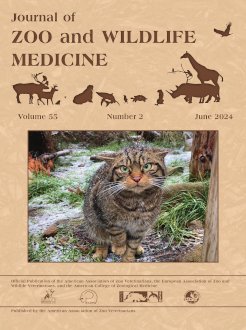Thromboelastography (TEG) is a hemostatic assay evaluating clot initiation time, kinetics, strength, and extent of fibrinolysis. Hemostatic assays in nonmammalian species have been less extensively studied because of lack of taxon-specific reagents and unique physiology. Hemostatic or hemorrhagic disease has been described postmortem in elasmobranchs, but antemortem detection of coagulopathies is limited in this taxon. The study aimed to establish an elasmobranch TEG protocol to improve hemostatic evaluation and facilitate advanced treatment options for animals under human care. Multiple clotting initiators were assessed for efficacy with frozen-thawed citrated plasma, fresh citrated plasma, and fresh whole citrated blood: RapidTEGTM, citrated kaolin, Reptilase®, and species brain-derived thromboplastin prepared by two different methods. Initial evaluation found plasma samples clot inconsistently, but TEG analyses using fresh whole blood consistently led to measurable TEG reactions using multiple clotting initiators. The most reliable elasmobranch TEG results were observed using citrated fresh whole blood and the RapidTEG clot initiation reagent.
How to translate text using browser tools
13 June 2024
DEVELOPING A THROMBOELASTOGRAPHY ASSAY IN ELASMOBRANCHS
Kayla L. Bonadie,
Alex M. Lynch,
Laura K. Ruterbories,
Emily F. Christiansen,
Craig A. Harms
ACCESS THE FULL ARTICLE





